Here are the first photos from the Pixel 3. I took it for a ride on the bike late afternoon with low level sun and sunset conditions. I also took my Samsung Galaxy S7, which was the flagship phone and camera two years ago. How much progress has been made in camera technology with the Pixel 3? The following photos are taken with standard automatic settings from the same angle within 10 to 20 seconds of each other.
Photo comparisons
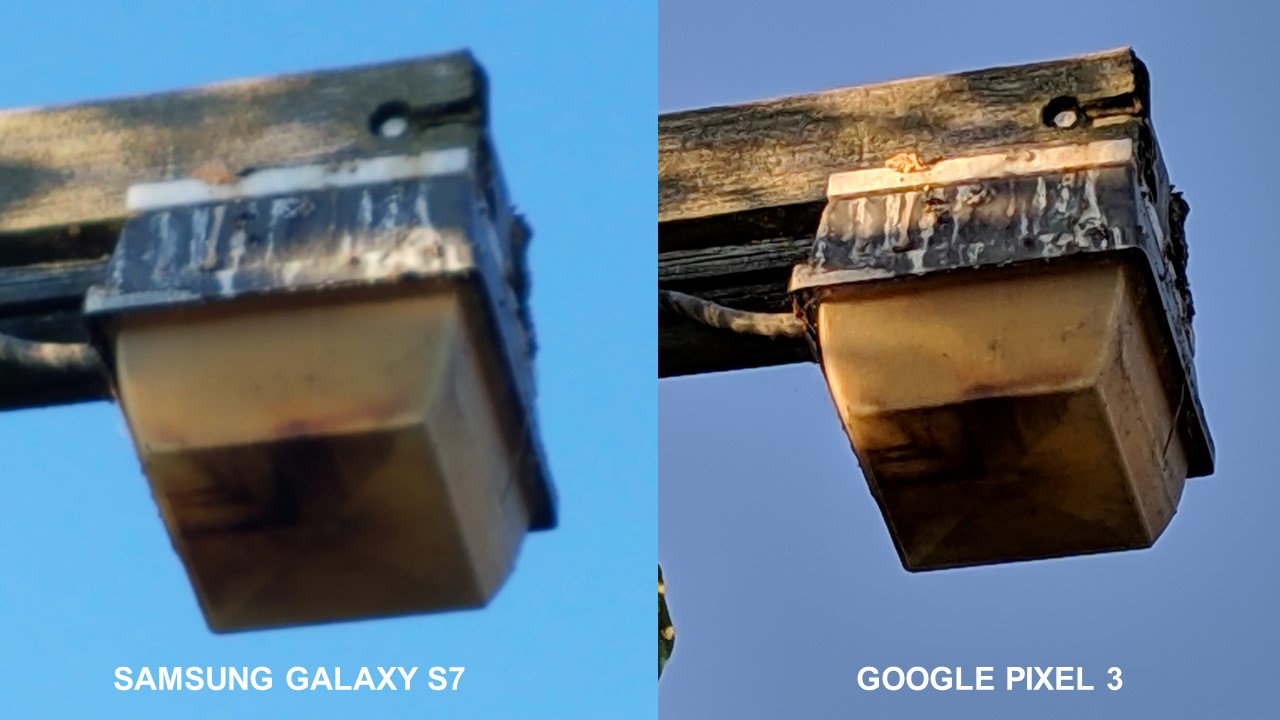
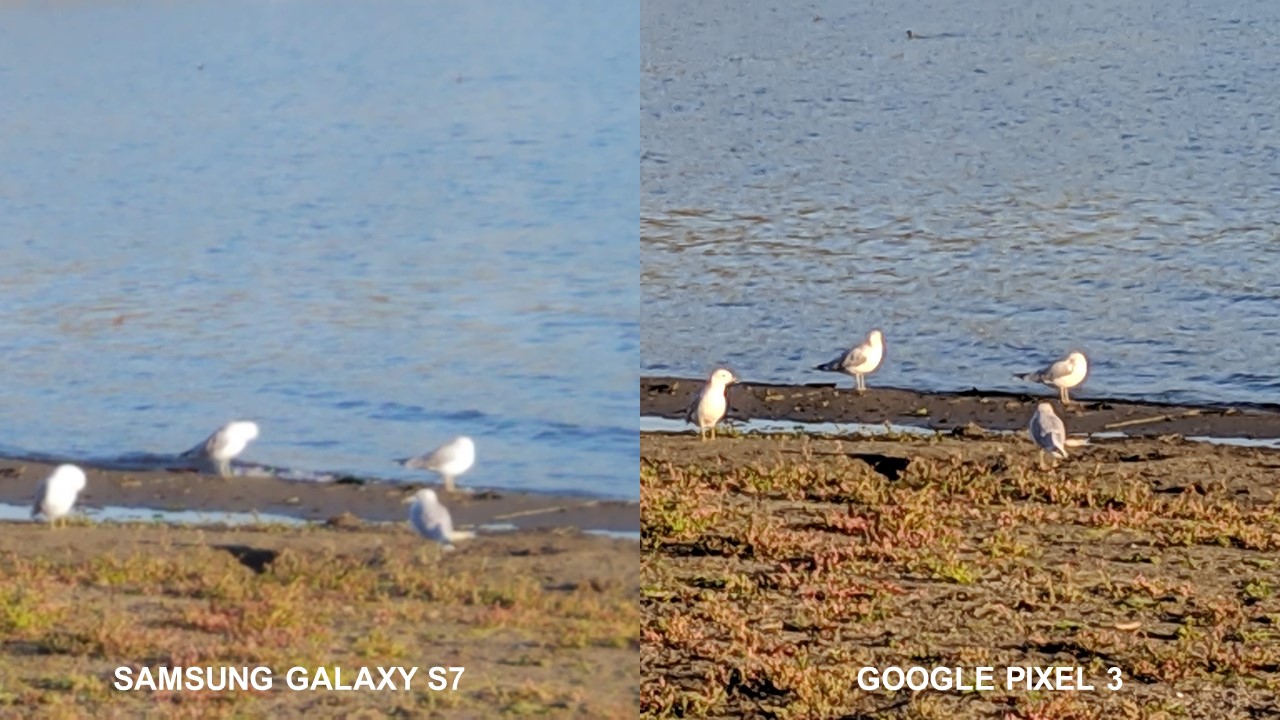
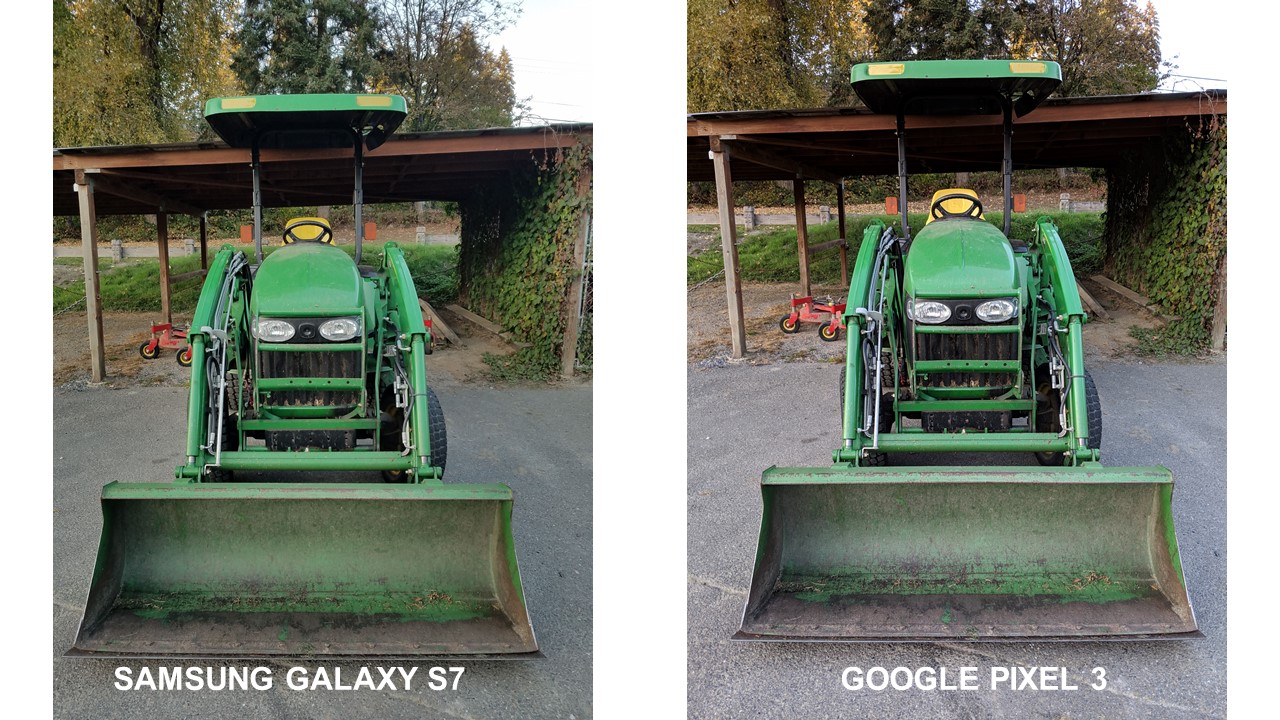
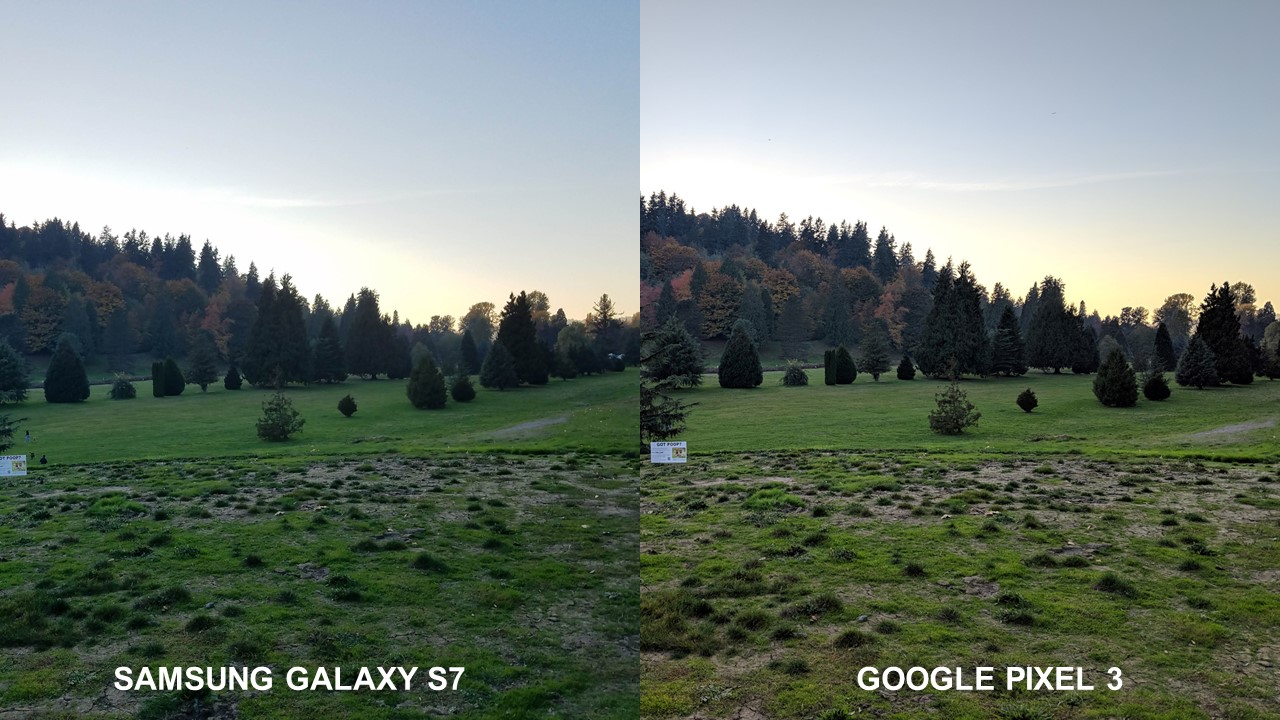
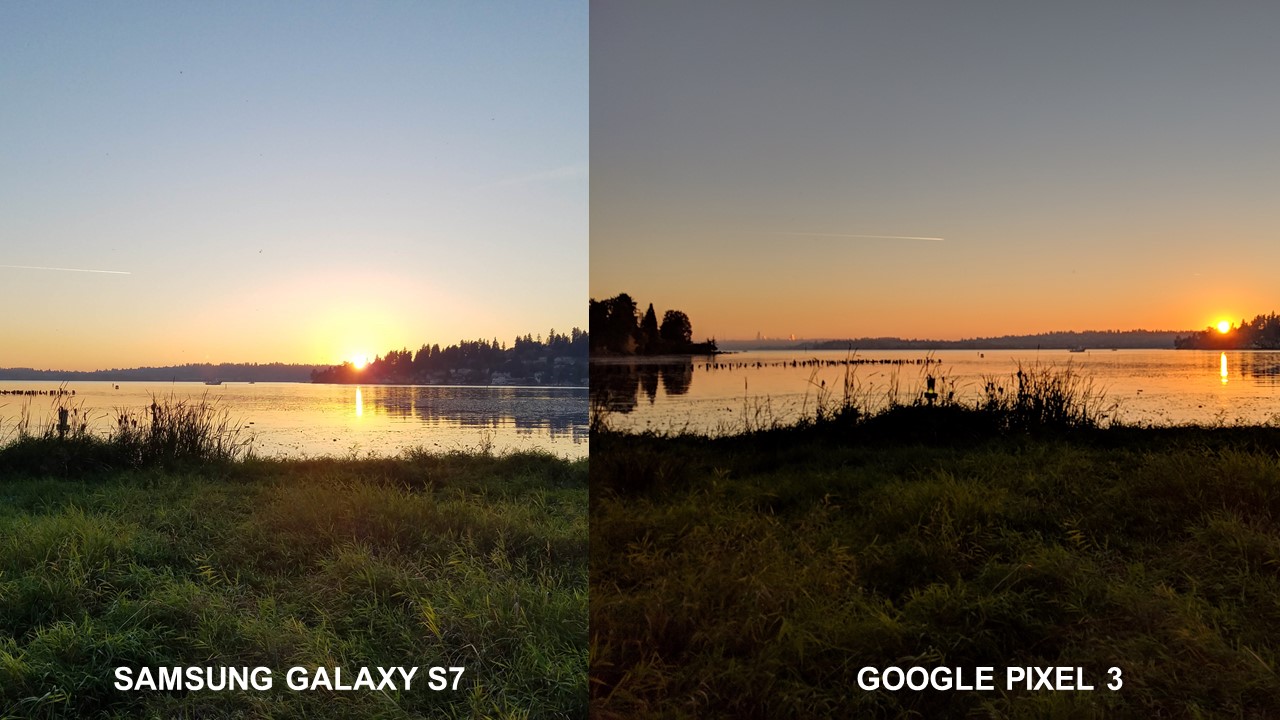
Should you upgrade?
Phones are becoming expensive, and as much as the Pixel 3 outperforms all older models and the majority of current phones on the market, many of these phones deliver good usability and nice photos for every day usage. My motive for upgrading was the degrading performance from my Samsung device. The 32 GB of internal storage became increasingly full and it became more difficult to free up space as apps got bigger in footprint. If the Galaxy device had not come to a crawl, I would have kept it and bought another Samsung down the road.
For this new model to stay snappy, I selected the larger capacity for the Pixel 3, at 128 GB of storage, for the drive to have enough empty space for a while to avoid slowdowns. Of course other factors come into play in terms of speed (memory, number of apps etc), but most of my friends complain their phones are becoming slower after just 2 years, while PCs and laptops last much longer and remain fast. Something is wrong with phones performance over time, as a product category. Alas Samsung could not solve the problem. Otherwise the camera, screen and form factor are still very nice and current.
The vendor which discovers a way to produce phones that stay fast will be very successful. Customers may only upgrade after 3 or 4 years instead of 2, but they will buy from this manufacturer again as a result.

Leave a Reply